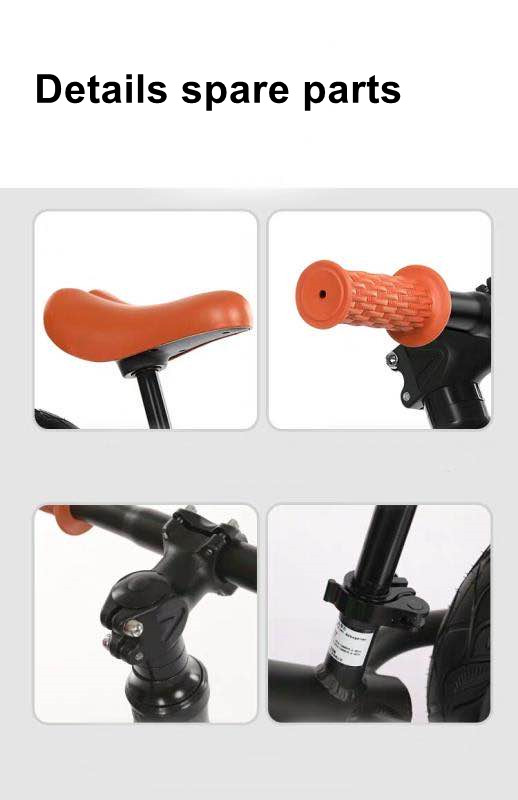Choosing the Right Bike Size for Kids Made Easy with This Guide
Understanding Kid Bike Size Charts A Comprehensive Guide
Choosing the right bike size for your child can be a daunting task, especially with so many options available on the market. The right size is crucial for their safety, comfort, and overall enjoyment while riding. This article aims to simplify the process by breaking down kid bike size charts and explaining how to use them effectively.
The Importance of Bike Size
Bike sizing is not a one-size-fits-all proposition, especially when it comes to children who grow quickly. An ill-fitting bike can lead to discomfort, difficulty in controlling the bike, and potential safety hazards. On the other hand, the right size allows for better balance, control, and a more enjoyable riding experience.
Reading Kid Bike Size Charts
Kid bike size charts vary by manufacturer, but they usually take into account the child’s age, height, and inseam measurement
. Here’s a general overview of how these charts are structured1. Age This provides a rough guideline, but it's important to remember that children develop at different rates. An 8-year-old who is taller than average may be better suited for a larger bike.
2. Height Most charts categorize bikes by the height range they’re designed for. For example - 12-inch wheels are typically recommended for children 2 to 4 years old, or 36 to 42 inches tall. - 14-inch wheels may fit children aged 4 to 5, or 40 to 46 inches tall. - 16-inch wheels usually suit children between 5 to 7 years old, or 42 to 48 inches tall. - 20-inch wheels are intended for kids aged 6 to 8, or 48 to 54 inches tall. - 24-inch wheels are often made for older children aged 8 to 12, or 54 to 60 inches tall.
3. Inseam Measurement Perhaps the most accurate way to determine bike size, measuring the inseam allows for better matching to frame height. A simple method is to have the child stand against a wall with their feet slightly apart, then measure from the ground to the highest point of the crotch. This measurement can then be matched to the bike’s standover height.
kid bike size chart

Tips for Choosing the Right Kid's Bike
1. Test Ride Whenever possible, take your child to a store where they can test ride different bikes. This hands-on approach allows them to see what feels most comfortable, and it enables you to check for proper fit.
2. Consider Growth Kids grow fast, so choosing a bike that offers a little extra room for growth might be a wise investment. Some manufacturers even design bikes with adjustable seat heights to accommodate growth.
3. Check the Features Depending on the child's riding style, you may want to consider features such as adjustable training wheels for beginners or hand brakes for older, more confident riders.
4. Safety Gear Regardless of the bike size, always ensure that your child wears a properly fitting helmet and appropriate safety gear. This not only promotes safety but also encourages a positive, fun biking experience.
5. Regular Check-ups Kids' bikes require regular maintenance. Ensure that brakes, chains, and tires are in good condition to keep your child's biking experience safe and enjoyable.
Conclusion
Choosing the right bike size for your child is an essential step in ensuring their enjoyment and safety while riding. By referring to kid bike size charts and considering factors such as age, height, and inseam measurement, you can make an informed decision. Remember that every child is unique, and the more you involve them in the selection process, the more likely they will treasure their biking experience. Keep safety in mind, invest in quality gear, and watch as your child explores the joys of biking!
-
The Perfect Baby TricycleNewsAug.11,2025
-
Ride into Fun with Bikes for KidsNewsAug.11,2025
-
Ride into Adventure with the Perfect Kids Balance BikeNewsAug.11,2025
-
Fun and Safe Riding with the Best Childrens ScootersNewsAug.11,2025
-
Find the Perfect Childrens Bike for Your Little OneNewsAug.11,2025
-
Explore the Best Baby Tricycles for Your Little OneNewsAug.11,2025
-
Three-Wheel Light-Up Scooter Benefits for KidsNewsJul.11,2025








